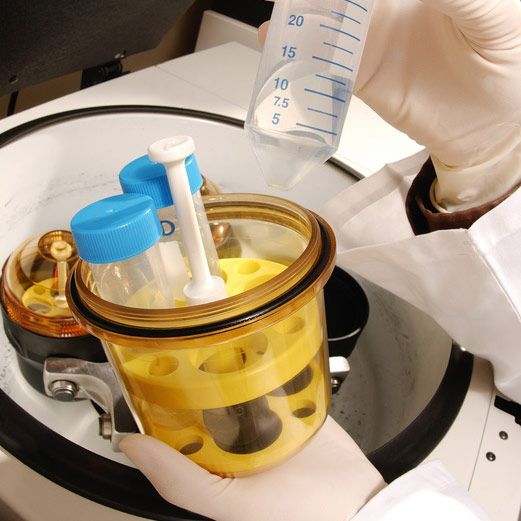
TUESDAY, April 22, 2014 (HealthDay News) — A new computerized eye-training program could upend the long-held belief that glaucoma-related vision loss is irreversible, a small study suggests.
Daily “vision workouts” restored a significant degree of sight to a group of glaucoma patients by taking advantage of the brain’s talent for learning new tricks, researchers said.
“Glaucoma is a disease that slowly, over the course of years, damages the retina and optic nerve in the eye,” said study lead author Bernhard Sabel, director of the Institute of Medical Psychology at the Otto-von-Guericke University of Magdeburg in Germany.
“When tissue is damaged, vision impairments are the consequence,” he added. Until now, vision loss was considered permanent. “All that could be done was to halt further progression,” he said.
Generally, vision loss from glaucoma begins with peripheral or side vision, leading to what are called visual field defects. Untreated, glaucoma can lead to blindness.
The research team’s computerized vision workout improved these visual field defects by upwards of 20 percent in a matter of months, the scientists reported in the April issue of JAMA Ophthalmology.
Between 2004 and 2007, the investigators analyzed the vision capacity of 30 male and female glaucoma patients between the ages of 39 and 79.
Almost all had glaucoma in both eyes. Damage to critical ganglion cells in the retinal region of each eye varied from mild to severe, as did related vision loss.
Patients were randomly split into two groups of equal size. For three months, one group received computerized “vision restoration training” twice daily, six days a week, for 30 minutes each, with training focused on the eye with poorer vision.
The sessions linked to vision gains involved tracking light dots on a dark screen as they moved about in a controlled fashion designed to stimulate peripheral vision centers damaged by disease. Throughout the study, the difficulty of each session was adjusted based on each patient’s progress.
By contrast, the second group participated in computerized sessions that only asked them to identify the up/down and right/left orientation of on-screen objects. These objects were strategically placed to stimulate only central vision centers not damaged by disease.
The result: By all measures of visual detection sensitivity, the ability to see the spots went up markedly among the vision restoration training group.
Sabel noted that visual cue reaction times sped up from 580 milliseconds to 540 milliseconds among the training group. And the ability to properly detect visual stimuli went from a pre-training level of 37 percent to 44 percent.
“Training strengthens brain connections that are still surviving after the damage,” Sabel said, explaining that the workouts improve the efficiency of neurological pathways critical to vision. This means that although an eye damaged by glaucoma will send less visual information to the brain, the brain will be better able to interpret and enhance what it receives.
Sabel cautioned, however, that the training will not prove helpful to all glaucoma patients.
“Patients with little vision or none are not suited,” he noted. “But the majority of patients do not have such severe deficits, so almost all would be eligible.”
Dr. Alfred Sommer, professor of ophthalmology at Johns Hopkins University School of Medicine in Baltimore, cautioned against overhyping the findings.
“[While] it may be that these results were ‘real,’ it is also possible that the form of training the patients received was so similar to the actual test procedure they used to judge the response, that all they really accomplished was to train the patients to be better ‘testers,’ ” he said.
Patients shouldn’t think their glaucoma will be cured, Sommer said. “It is important to understand that even if these results do demonstrate an improvement in sensitivity to light seen and processed by cells and neural connections that don’t usually respond to them, it is not bringing dead cells and nerve fibers back to life,” Sommer stressed. “Nor is it improving a patient’s ability to see under normal, day to day circumstances.”
The key to controlling glaucoma, he added, “remains early detection by an ophthalmologist with immediate intervention and long-term follow-up, to try to protect and retain the remaining ganglion cells.”
More information
For more about glaucoma, visit the U.S. National Eye Institute.
Copyright © 2025 HealthDay. All rights reserved.

